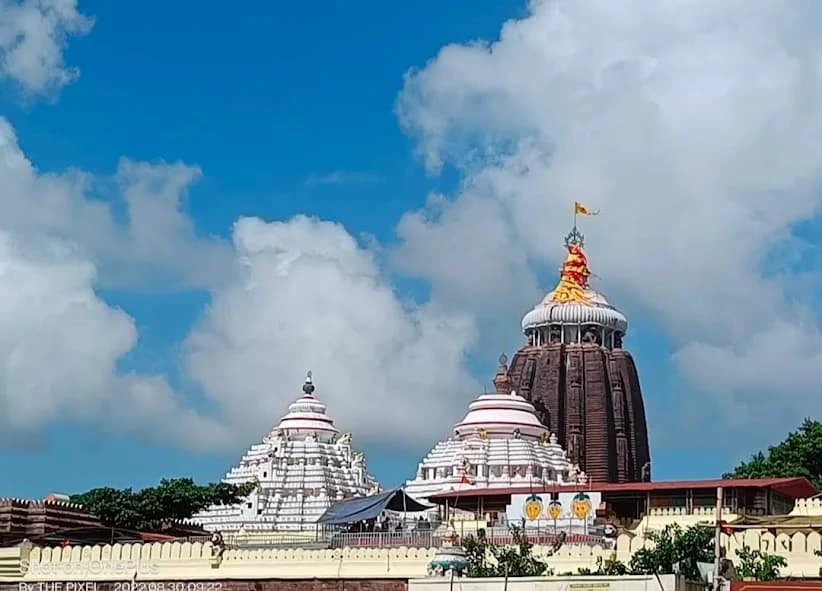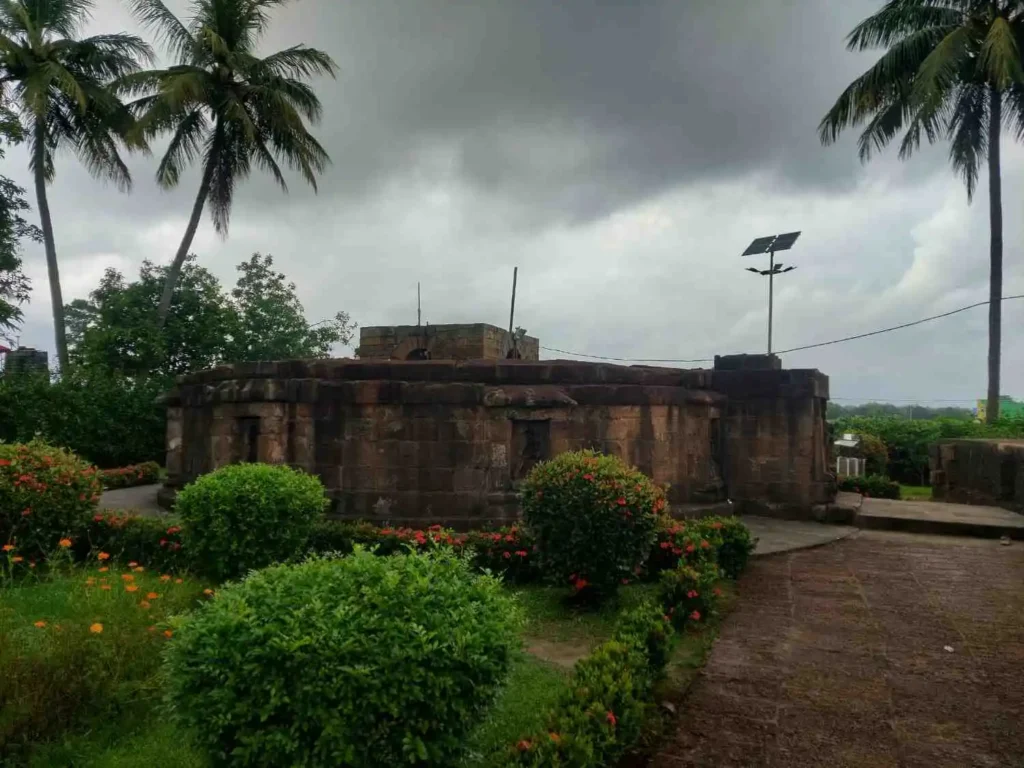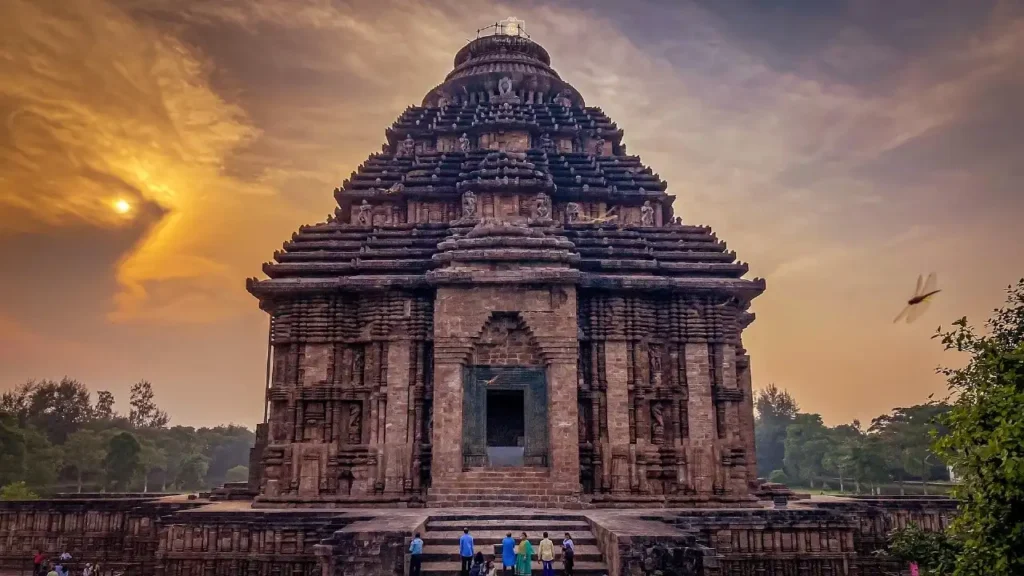
Table of Contents
Understanding the Foundation – What Lies Beneath the Surya Temple at Konark?
The Surya Temple wasn’t just placed randomly. Its foundations lie on the banks of the now-vanished River Chandrabhaga, within the sacred forest called Maitreya Vana. Many ancient texts describe how Shamba, the son of Lord Krishna, was cured of leprosy here through deep penance to the Sun God.
However, not all scholars agree. Some argue that the real Chandrabhaga was in Punjab, not Odisha. But modern evidence, including satellite imagery, ground-penetrating radar, and even 19th-century paintings, confirms that a vast river system did once run through Konark.Myths and Truths – Is This the First Temple Built Here?
Historical and spiritual sources reveal that King Langula Narasingha Deva built the current Surya Temple at Konark in the 13th century as a replacement for an older, dilapidated Sun temple . Records suggest that King Purandara Keshari may have built the original one.
Consequently, generations of worshippers treated the site as sacred and chose to rebuild or enhance the temple instead of relocating it. As a result, each generation actively contributed to preserving the temple’s legacy. As Mishra puts it, “We don’t know which generation the current temple belongs to—it could be the 2nd, 3rd, or even the 5th.”Legends Rooted in Time – Stories That Make Konark Divine
The Floating Idol of the Sun God
Goddess Ramachandi & the Gorge-Filling Legend
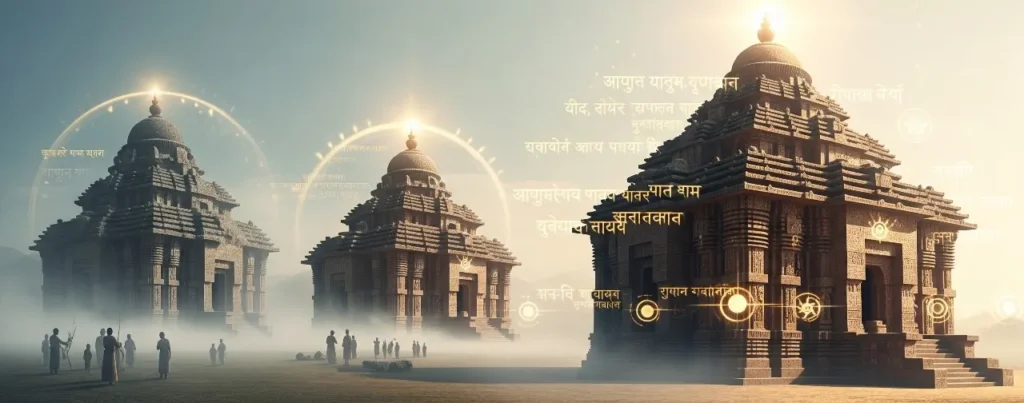
Was Konark Originally a Buddhist Site?
- No Buddhist iconography in the sculpture.
- Architectural features are consistent with Hindu temple design, not Buddhist stupas.
- The rituals, orientation, and use of deities all indicate a Shaivite-Saurya Hindu lineage.
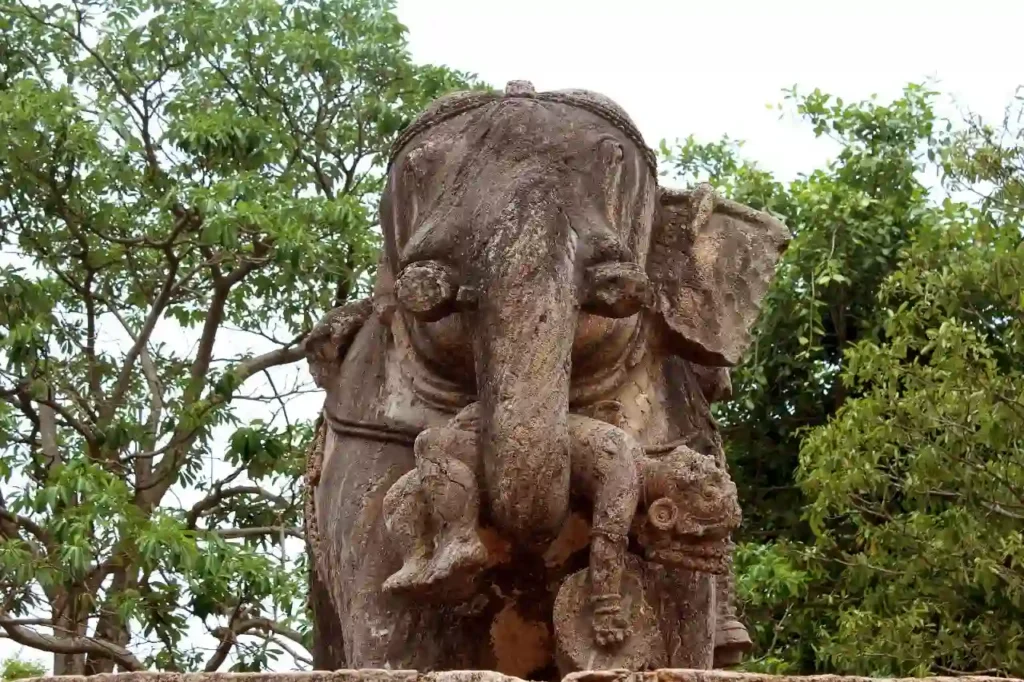
Sacred Consistency – How the Worship Sustained for Centuries
Scholars continue to debate this topic. However, most evidence shows that people actively used the temple for worship:
- Madala Panji records document regular worship of the Sun God.
- Observers like Percy Brown, Rajendra Lal Mitra, and Karuna Sagar Behera noted wear marks on the idol throne, proving continuous rituals.
- Artists and travelers from the 17th century captured images and accounts of the temple standing tall and complete.
FAQs – People Also Ask
Q1. Who built the Surya Temple at Konark and when?
Q2. Why did sailors call the Surya Temple the Black Pagoda?
Q3. Did builders ever complete the Surya Temple?
Q4. Is the Surya Temple at Konark Buddhist?
Q5. What legends do people tell about the Surya Temple?
Final Thoughts – Why the Surya Temple at Konark Still Matters
Even today, the Surya Temple at Konark continues to draw not only tourists but also spiritual seekers, researchers, and heritage lovers. Indeed, it tells a story that spans mythology, devotion, science, and art —all carved into stone.
Nevertheless, while debates and controversies still exist, what stands tall is the collective admiration for this Sun-drenched marvel. Therefore, we must understand it, protect it, and pass on its legacy to future generations.Plan Your Journey to the Surya Temple at Konark
Explore a world where legends meet history. Share this blog and spread the timeless wisdom of Odisha’s Black Pagoda. Let’s shine light on our glorious past—together.

